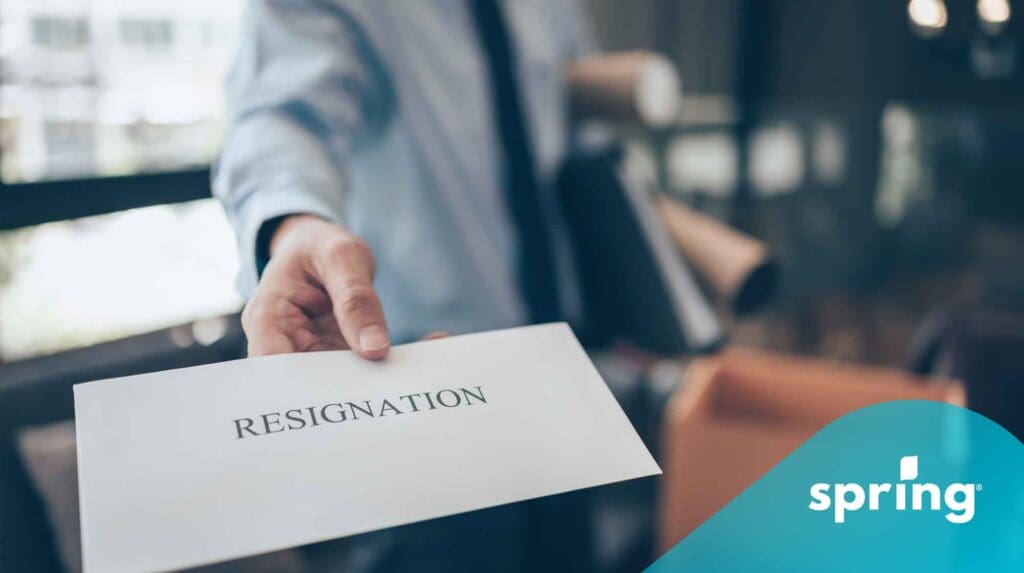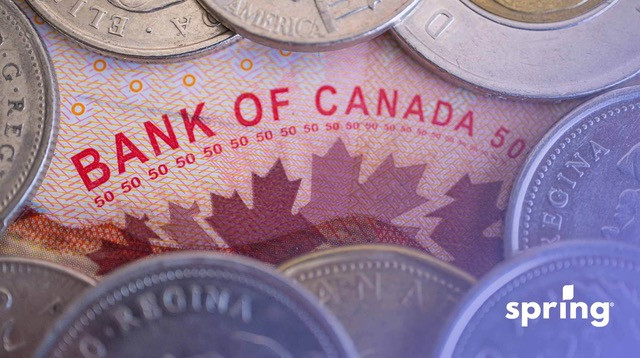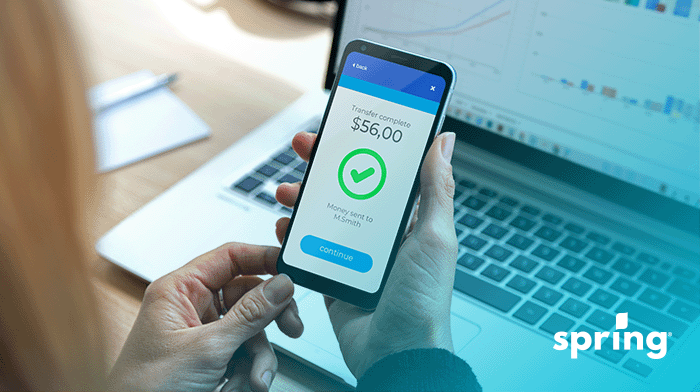If you haven’t, well, a credit memo in Canada is essentially a statement that lets you know when you’ve If you haven’t, well, a credit memo in Canada is essentially a statement that lets you know when you’ve received an increase in the balance on your bank account when you receive a refund on a purchase. While not all Canadian retailers use these, a good majority of them do.
How Credit Memos Work
Before you go into a lot of details on why you’ve received a credit memo and where you can receive it from, let’s look at exactly what they are and what information is included.
While most credit memos are issued when an item is returned, it’s different from a cash refund or a direct refund. Essentially, credit memos work the same as store credit or a shopping credit. You can use the allotted amount for your next purchase with the same vendor, but it’s non-transferable and can’t be used in another store.
With a credit memo issued, you’ll receive an actual notice of how much money is being returned. It’ll include information regarding the transaction as well as the full transaction amount. They don’t send credit memos just to the buyer; they’re sent to the seller as well.
Information on a Credit Memo
Credit memos provide information to both the seller and the buyer regarding the transaction. The seller uses it to keep track of their records, while the credit memo informs the buyer of how much their credit is for and from which transaction. The different information included on a credit memo typically includes:
- Address
- Payment Method
- Description of the Item
- Price
- Number of Items
- Purchase Date
- Payment Terms
- Order Number
- Bank account information
This memo should give you everything you need to know about your balance available. They also should be kept for your tax records.
Credit Memos in Banking
Credit memos from a financial institution are different from those from a merchant. They are often called bank credit memos. You might receive one from a bank if a transaction is reversed. Essentially, you’ll be notified that your entire balance has increased. You’ll see it on your bank statement, but you’ll also receive credit memos explaining the transaction. This may vary slightly depending on your financial institution’s policies.
Another reason you may get a credit memo on your bank account is with a promotional balance. For example, many banks, including Scotiabank, offer a promotional amount you’ll receive when you meet the conditions of opening a new bank account. This would also appear in your account as a credit memo since it’s an increase in your bank account balance.
Credit Memo Deposits
We’ve already discussed that it’s possible to receive a credit memo deposit from the bank for a variety of reasons. That said, it’s possible to also receive a credit memo deposit from a merchant you received a credit memo from. If this happens, it’s because you have unused funds that’s been sitting too long. In these cases, some sellers decide to just return the funds to you.
What if You Receive a Credit Memo from CIBC?
If you notice a credit memo on your bank statements with CIBC, you’ve likely received money. However, the reason that you’ve received the money isn’t stated. Often, a credit memo appears when you get a refund, a fee reversal, or even a correction. Either way, for your accounting records, the money is yours.
What if You Receive a Credit Memo from TD?
While a credit memo can show customers’ outstanding balance, credit memos issued by TD are used when money is being added to your account. This is just like CIBC. Instead of holding the money for a future bill in your account or the client’s account, the accounting system refunds it because it’s simpler for tax authorities and is more accurate for financial statements. You don’t owe that money until you owe it.
Credit Memos and Student Loans
As long as your student loan repayment is completed in Canada, it’s possible to receive a credit memo. That said, they aren’t just sent to you. You have to contact Employment and Social Development Canada and apply for one. Only then will you receive one.
Credit Memos and OSAP
The Ontario Student Assistance Program, also referred to as OSAP, is there to help Canadians in Ontario enroll in post-secondary education. As with federal student loans, it’s possible to get a credit memo as long as your fees are paid in full. You’ll likely have to request one as well, depending on the situation.
Credit Memos And Businesses
There are plenty of reasons why businesses issue credit memos. For one, it helps them to maintain their accounting accuracy and inventory management. Along with the credit memo, each specific transaction has a reference number to keep track of credit amounts and price adjustments. As a business owner, these inventory records help reduce business issues and increase customer satisfaction.
When a business issues a credit memo, it’s usually attached to the original invoice. This is because this invoice is often needed to issue refunds. However, even if it isn’t needed, connecting them helps their organization and maintains accurate financial reporting. It also makes addressing customer concerns and inventory levels (stock levels) simpler.
It isn’t also important to note that you’ll only see more money in your bank accounts if the seller issues the refund through debit or credit. If it is a credit memo for a cash payment, then the refund will have to be issued by cheque or cash.
Reasons You May Get A Credit Memo
There can be plenty of reasons that you receive a credit memo. Your financial situation will determine what kinds of credit memos you could receive and the reasons you could receive one. It could be a simple situation like:
- Billing errors from the seller
- You overpaid for an item
- You received an item that’s damaged
It can’t just happen to you as a customer, either. It can also happen to business owners. Usually, in these situations, it’s the bank issuing the credit memo. It could be interest earned that’s added to your savings account, refunds for account changes or the bank collected something on behalf of your business.
The Canada Revenue Agency is another place that will issue credit memos ( also known as the CRA) for an overpayment of their taxes. It can even happen if your financial situation changes (you have to go on unemployment benefits or other benefits) and you enter a different tax bracket or if you have to file for bankruptcy or insolvency.
Refund and Credit Memos
While at first glance, direct refunds and credit memos seem similar, they’re actually very different. Even when a credit memo is deposited into your account, it’s still different.
With refunds, you essentially get your money back right away. It’ll be added to your original method of payment and can be used for whatever you like. While a lot of larger merchants will offer a refund, smaller Canadian stores will opt for a credit memo instead.
With credit memos, you need to use the funds for future purchases as the same merchant. In some cases, the credit memo is there to inform you the credit was added to your next bill or outstanding bill. In other cases, you need to use the funds. Either way, they won’t be returned to your previous method of payment.
That said, there are some cases where you may see a credit memo refunded to your account. This only happens with unused balances and is based on the store’s policies. The length of time the funds can remain unused is different everywhere. Plus, with credit memos, there’s a full document issued. With refunds, you will likely just receive a receipt.
What to do When you Receive a Credit Memo
No matter where you receive a credit memo from, the first thing you should do is check your financial statements and contact the issuer to verify all of the amounts are correct. Once you’ve done this, then you can figure out the best way to use it or add it to your account.
The simplest way to explain a credit memo is that it’s a reverse invoice. This means it’s advising you of your credit and how it can be used. While it’s often used automatically if you have an outstanding balance, you’re still notified so you’re aware that your credit memo reduces your balance.
Debit Memos
Now that we’ve gone over credit memos, have you heard of debit memos (debit notes)? Well, they’re actually the opposite of a credit memo. While a credit memo means the customer is owed money and it’s added to the customer’s account, a debit memo means the customer owes money. Unlike credit memos, most likely, you were originally given the wrong cost altogether, and a debit memo increases the amount owing on the account. For this reason, they can often be referred to as a negative invoice.
If you’ve received a debit memo, then you’ll likely need to pay that balance right away. It is often the case that you won’t be able to make a purchase at this particular place until the balance is paid. However, usually, when these types of memos are issued on behalf of merchants, it isn’t the customer’s fault. There’s usually a machine or clerical error involved in the billing process, which is why the credit memo is issued.
Banks also issue debit memos. The most common reasons bank credit memos are issued are for:
- Bank charges
- NSF fees (insufficient funds)
- Bounced cheque fees
- Debt payments
In some cases, your bank covers these charges for you, but you still need to take note that you received these memos. You never know when you’ll need that information.
Why Businesses Issue Debit Memos
Along with issuing credit memos, businesses also issue debit memos. Since these are issued when the customer owes money to the business, there are a few different reasons why they would issue these.
Additional Charges
The most common reason that a credit memo is issued is for additional charges. These are any charges or transactions that were made after the first initial transaction. The debit note is then sent to the customer to make them aware of the charges.
Invoice Mistakes
Sometimes discrepancies happen, and when they do occur, the invoice will be corrected and sent to the customer. This commonly occurs when the customer is accidentally undercharged.
Payment Reminders
For businesses that don’t require payment upfront, debit notes can be used to inform the customer of upcoming payments or overdue payments. These continue to be issued until the amount is paid in full.
Changes in Contracts
Sometimes, businesses can make changes to their contracts. When this happens, the debit note will be sent to the customer outlining the changes. These types of changes include rates, terms and pricing structures. However, if the customer is owed a refund instead, then a credit memo applies instead. quest one as well, depending on the situation.
Credit Memos And Taxes
One of the most common credit memos that you can receive is from the Canada Revenue Agency. If you’ve been overpaid for any reason or get an income tax refund, then you’re likely to receive a credit note specifying the refund amount. These credit notes not only help you in maintaining accurate financial records, they also help the CRA with their financial records and ensure that any future payments are calculated correctly.
On the other hand, though, the CRA also issues debit notes. This means that if you owe them any money at all, you will receive notice. These usually come with a reference number of sorts too, in order to make sure they’re calculated in the tax authority account records.
Overview
In Canada, credit memos are often issued by small businesses, banks and even the CRA. That said, it’s essential to follow up with them to make sure your positive balance is correct. Debit memos, however, are a bit more serious. This is because, with debit memos, you owe money. Often, there are limited due dates on these funds as well.
The best thing to do when you receive a debit memo is to make sure it’s correct and then pay it off. If you’re unable to pay it right away, you may be able to request a payment arrangement. Either way, these memos exist to advise you of any funds you owe or are owed. While the bank does often take care of these situations, it’s still important to be in the know and have the information if it’s ever needed.









